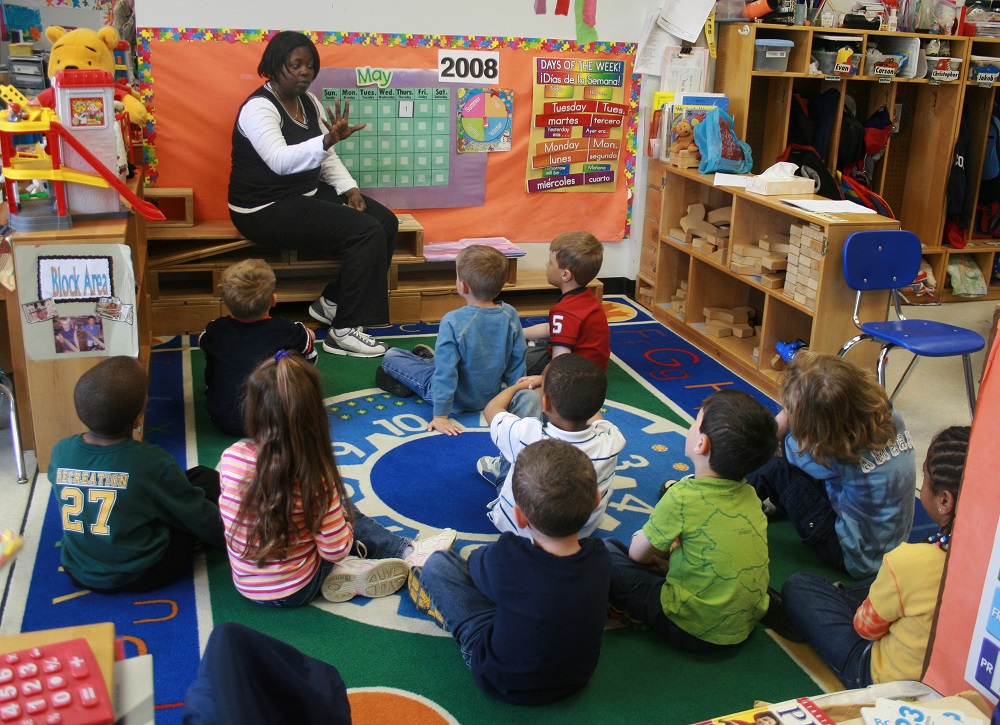J
ames Heckman is a modern-day giant in the field of economics. While laymen may not recognize his name as readily as they may recognize those of John Maynard Keynes or Milton Friedman, Heckman’s contributions to econometrics and the study of human capital formation have proven enormously influential. His work in econometrics won him the Nobel Memorial Prize in Economics in 2000. However, it is his research in education policy that has propelled Heckman to second place in the St. Louis Fed’s RePEc rankings of influential economists. Heckman’s insights into effective policy responses to the slowdown in human capital growth in the USA point decisively in one direction: early-childhood intervention.
A 2003 paper by Heckman found that generational cohorts born after 1950 have exhibited little improvement in educational attainment with respect to their parents and grandparents. This stagnation has led to a slowdown in productivity growth of 0.13% per year – minimal at first glance, but the slowdown has led to an 8% shortfall relative to potential productivity had educational attainment remained on its pre-1950 path. This represents a $1.46 trillion deficiency in American annual output, a figure that will continue to grow if measures are not taken to return educational attainment to trend.
So then, what are the main factors driving stagnation in educational attainment? Heckman finds that short-term credit constraints among low-income students are highly unlikely to play a major part in reduced college enrolment rates. A maximum of 8% of American students face significant obstacles of access to credit. A blanket expansion of student lending would not be a particularly efficient policy response to the problem at hand. However, targeted loans or grants to the subset of students who are in fact credit-constrained (primarily undocumented immigrants) may slightly increase enrolment rates among them.
Far more important are the long-term effects of family income on scholastic ability. There is an empirically observed 11-point gap between white and black college enrolment in the United States. Without controlling for scholastic ability as measured by the Armed Forces Qualification Test, five points of that gap are accounted for by differences in family income. Once one controls for AFQT scores, family income only accounts for half a point of the black-white enrolment gap. This suggests a correlation between family income and scholastic ability.
This correlation manifests itself early in life. As early as the age of six, a gap of approximately 15 percentile points appears between the PIAT math scores of children in the highest income quartile and those of children in the lowest quartile. By the age of twelve, that gap will have widened to nearly 25 percentile points. The worsening of the gap may be explained by the fact that schooling typically builds upon previous knowledge. Students who exhibit poor academic ability early in their lives are likely to develop holes in their knowledge that, if left without remediation, severely impede future learning.
Heckman’s solution is to fund targeted early-life interventions for at-risk children. He points to the Perry Preschool Experiment, which ran from 1962 to 1967 and was administered to low-income black children with low Stanford-Binet IQ scores in Ypsilanti, MI. Children attended a two and a half-hour preschool session every weekday morning, and their assigned teacher conducted a ninety-minute home visit on a weekly basis. Adjusted for inflation, the program cost $9,785 per child per year in 2004 dollars.
The children who participated in the program benefited greatly. Their literacy levels remained significantly higher through the age of 27. They were 21 percentage points more likely to graduate from high school on time and were placed in special education programs at half the rate of children in the control group. Participating children were nearly three times more likely to own homes and twice as likely to never receive welfare payments. Additionally, they had experienced approximately half as many arrests by the age of 27.
The lifetime benefits-to-cost ratio of the Perry program is 9.11. Put differently, the annual rate of return of the program is 16%, much of which accrues to society at large rather than merely to the participants. Aside from a moral case for enhancing opportunity for low-income children, there is a strong efficiency-based case to be made for funding early-childhood intervention. Though the initial outlays and political obstacles to implementation will be significant, a preschool program for at-risk children could play a large role in expanding human capital in the coming decades.




